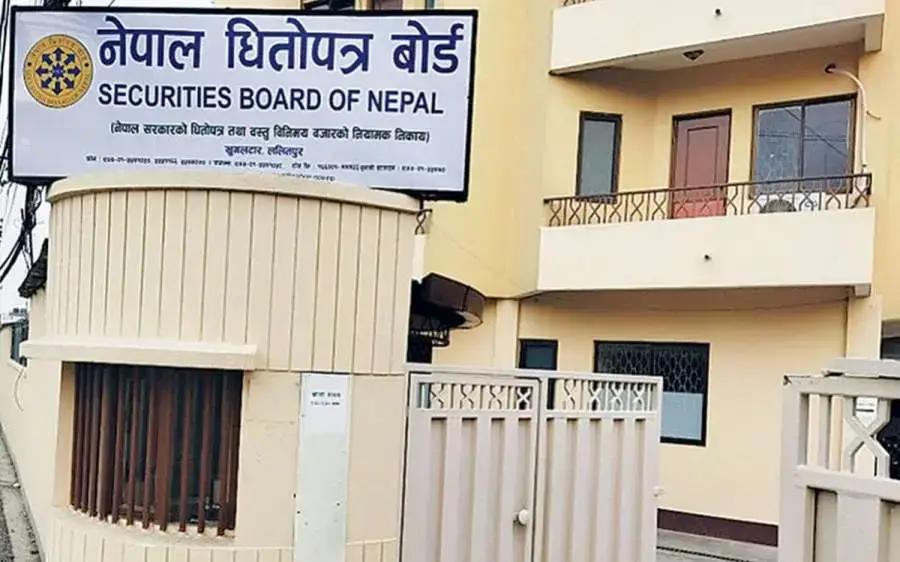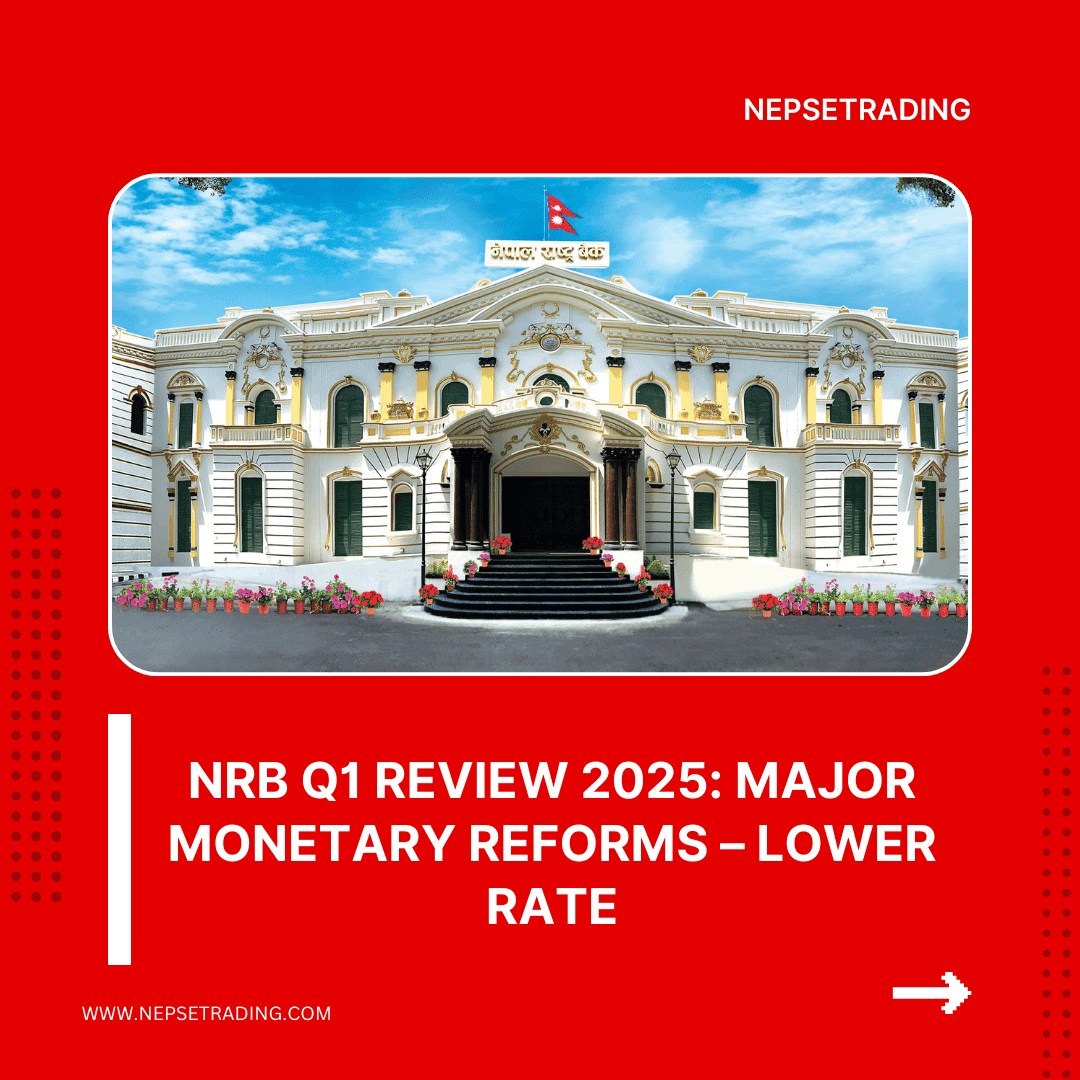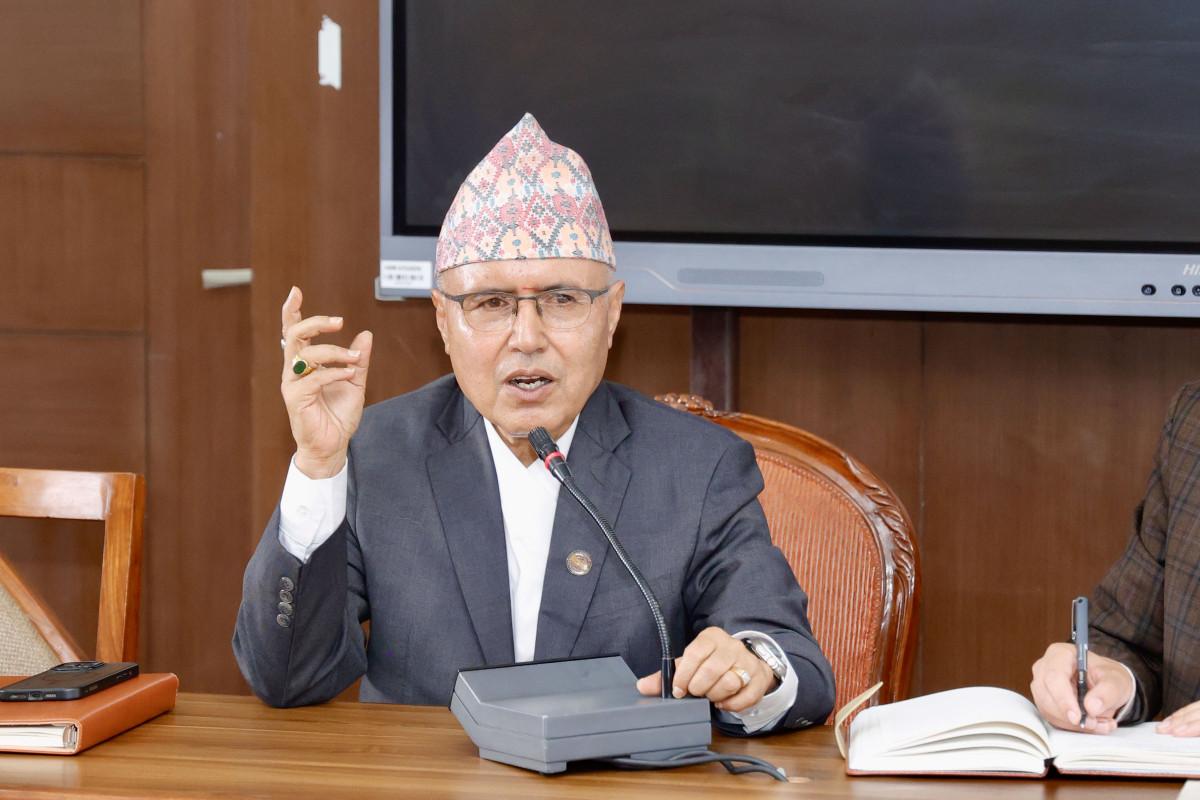By Sandeep Chaudhary
Bank and Financial Institutions’ Reserves Rise 12%: Growing Role Beyond NRB

Nepal’s banking and financial institutions (BFIs) are emerging as a stronger player in the country’s external sector, with their foreign exchange reserves rising by 12 percent as of mid-August 2025/26, according to the latest data from Nepal Rastra Bank (NRB). This expansion signals that the private financial system—not just the central bank—is now playing a growing role in foreign asset accumulation and external liquidity management.
The figures show that the BFIs’ total foreign reserves climbed from Rs. 263 billion to Rs. 294.6 billion within a month, reflecting a steady inflow of foreign currency through remittance channels, trade settlements, and overseas deposits. Within this, convertible reserves rose sharply by 14.6 percent, reaching Rs. 281 billion, while non-convertible holdings fell by 23.8 percent due to reduced exposure in restricted-currency accounts.
Economists say this shift marks an important diversification of Nepal’s external holdings, as commercial banks increasingly maintain foreign deposits, nostro balances, and investment-grade assets abroad. It also improves overall system liquidity and reduces pressure on NRB to single-handedly manage the exchange rate. However, experts caution that coordination between NRB and BFIs is vital to ensure efficient liquidity circulation, avoid speculative FX flows, and maintain transparency in reserve reporting.









